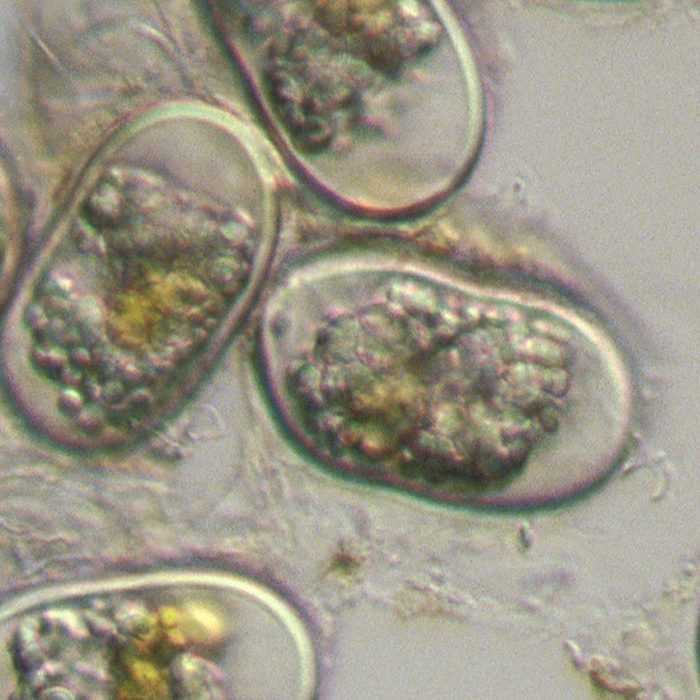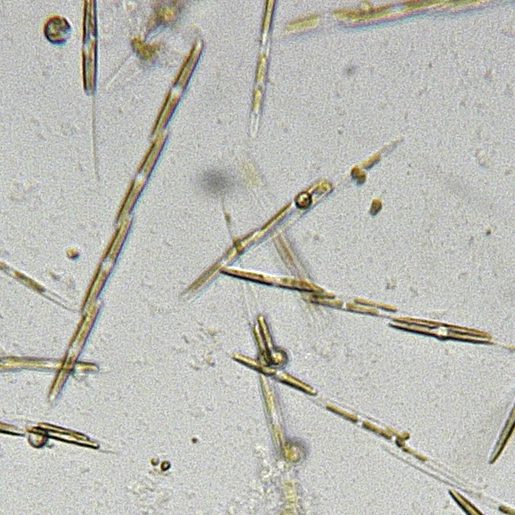Overview of HAB species life cycle dynamics
The animated schematics below provide graphical representations of the life cycles of three major HAB groups: Alexandrium dinoflagellates, Pseudo-nitzschia diatoms, and filamentous cyanobacteria in the genus Nostoc.
Phytoplankton species that cause HABs have multi-phasic life cycles that play a significant role in the bloom dynamics and impacts of these species. These life cycle stages include different morphologies, interactions with the environment, behavior, and functional roles. Some HAB species such as Alexandrium dinoflagellates undergo sexuality or include a dormant cyst stage in their life cycle that allow them to overwinter in sediments, and form blooms in temperate regions. The cyst stage represents an effective strategy for survival and dispersal, and enables species transport by ocean currents, fish, or even humans (via ballast water discharge). Cysts transported into new areas can act as a “seed” population that colonizes a new area. Other taxa such as Pseudo-nitzschia diatoms undergo sexuality but apparently have no discrete resting stage. In freshwaters, bloom-forming toxic cyanobacteria taxa such as Nostoc form thick-walled resting cells known as akinetes, providing a survival strategy for withstanding adverse environmental conditions. To date, studies on life cycle dynamics and mechanisms driving transitions have been primarily conducted through laboratory experiments controlling for different environmental factors such as nutrients, light, and temperature. In the field, approaches to examining life stage transitions have included tools such as the plankton emergence trap chamber (PET) to estimate rates of resting cyst germination, and sensors such as the Imaging FlowCytobot to document gamete formation and fusion in situ. These laboratory and field investigations have revealed details of life cycle transitions that have been used to better understand the factors influencing initiation and termination of planktonic blooms, as well as to model and predict bloom extent and magnitude (e.g., through assessment of cyst distributions and abundance).



![1024px-Nodularia_Spumigena-SNAP-132350-0002 Mireia Bertos Fortis [CC BY-SA 4.0 (https://creativecommons.org/licenses/by-sa/4.0)]](https://hab.whoi.edu/wp-content/uploads/bb-plugin/cache/1024px-Nodularia_Spumigena-SNAP-132350-0002-circle.jpg)